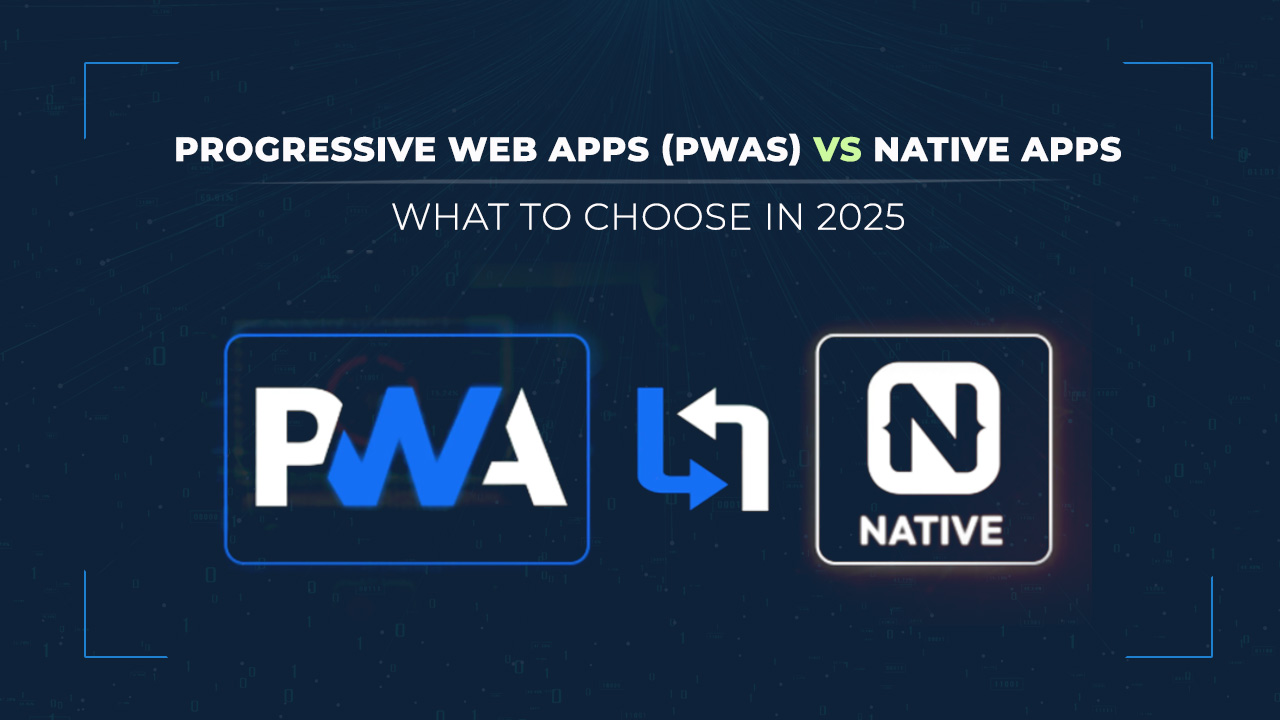Digital signage is emerging as a powerful tool for educational institutions, revolutionizing how schools, colleges, and universities communicate with students and create dynamic, engaging learning environments.
From interactive displays and touch screens to campus-wide alert systems, digital signage technology offers schools the ability to streamline communication, enhance learning experiences, and foster community engagement.
We explore five key ways digital signage is transforming education, benefiting both students and faculty.
-
Enhancing Communication with Digital Announcements and Alerts
One of the core functions of digital signage in education is enhancing communication. In schools, where thousands of students, faculty, and visitors move across campus daily, efficient communication is crucial. Digital signage systems make it easy to broadcast important announcements and real-time alerts, ensuring that everyone remains informed and up-to-date.
Broadcasting Announcements and Daily Schedules
Digital signage systems are perfect for displaying announcements, daily schedules, and reminders in high-traffic areas like lobbies, cafeterias, and hallways. This ensures that students are informed of any schedule changes, upcoming events, or important notices. For instance, schools can use digital displays to list the day’s schedule, helping students find their next class or stay aware of extracurricular activities and club meetings. Compared to traditional bulletin boards, digital signs are more engaging and can be easily updated, ensuring information is always current.
Real-Time Emergency Alerts
Safety is a top priority for educational institutions, and digital signage plays a vital role in this area. In case of emergencies, such as severe weather, lockdown situations, or fire drills, digital signage systems can instantly broadcast alerts across campus, providing clear instructions and directing students and staff to safe locations.
Digital displays can be managed from a central location, allowing schools to respond immediately and ensure everyone is aware of the situation, which is critical for minimizing confusion and maintaining order.
Centralized Messaging for Streamlined Communication
With a centralized digital signage system, school administrations can easily manage content across multiple displays from one interface. This allows for consistent messaging across campus, ensuring that all students, regardless of location, receive the same announcements and alerts.
This is particularly beneficial for larger institutions like universities, where centralized control makes it possible to coordinate communications across multiple buildings or even different campuses.
-
Creating Interactive Learning Experiences with Digital Displays
Digital signage is not limited to displaying announcements; it also plays an active role in the learning process itself. Interactive digital displays allow students to engage with content, creating a more immersive and personalized learning experience.
Touch Screens for Hands-On Learning
Interactive touch screens are a powerful educational tool that can transform traditional classrooms. With touch-enabled displays, students can explore subjects hands-on, which has been shown to improve comprehension and retention.
For example, in a science class, students might use a touch screen to view a 3D model of the human body, zooming in to study different systems and structures. This type of interactive learning supports different learning styles, helping visual and tactile learners understand complex concepts more easily.
Multimedia Presentations to Support Various Learning Styles
Digital displays enable teachers to incorporate multimedia into their lessons, such as videos, images, animations, and quizzes. This variety helps cater to diverse learning styles, providing auditory, visual, and kinesthetic experiences. For instance, a history teacher might use digital displays to present archival footage or interactive timelines, making historical events more tangible for students..
Using Gamification for Enhanced Student Engagement
Gamification, or the use of game elements in non-game contexts, is a proven method for increasing engagement. Schools can incorporate gamified content into digital signage to motivate students, encourage collaboration, and improve learning outcomes.
For instance, interactive quizzes displayed on digital screens in common areas can test students’ knowledge and even offer rewards for high scores, creating a fun and competitive learning environment.
-
Improving Campus Navigation and Accessibility with Wayfinding Signage
Navigating large campuses can be challenging for new students, visitors, and even faculty. Digital wayfinding signage helps streamline navigation, ensuring that everyone can easily find their way around.
Interactive Wayfinding for Seamless Navigation
Digital wayfinding kiosks, often located at building entrances or high-traffic areas, provide interactive maps that guide students and visitors to their destinations. These kiosks allow users to search for classrooms, administrative offices, and event locations.
At universities, where campus layouts are complex and spread out, these systems reduce stress for students and visitors, making the campus more accessible and welcoming.
Customizing Directions for Large Campus Events
During large events such as orientations, graduations, or sports games, digital signage can guide attendees efficiently. Schools can use digital displays to provide directions to specific event locations, reducing bottlenecks and helping attendees find parking, entry points, and seating areas without confusion.
This improves the overall experience for both students and visitors during these high-attendance events.
-
Fostering Community Engagement and Awareness with Event Schedules and News Feeds
Digital signage can also be used to build a stronger sense of community within the school by keeping students informed of events, extracurricular activities, and campus news.
Promoting Clubs, Sports, and Extracurricular Activities
Digital signage is an ideal platform for promoting school events, clubs, sports matches, and extracurricular activities. Displaying these activities on digital screens throughout campus encourages students to participate in campus life and fosters a more vibrant school community. Students can stay informed of club meetings, sports tryouts, and student government events, helping them get more involved and develop a sense of belonging.
Highlighting Achievements and Awards
Digital signage provides a platform for celebrating student achievements and accomplishments. Schools can use displays to recognize students’ academic, athletic, and extracurricular successes, creating a culture of recognition and pride. Highlighting awards, scholarships, and notable achievements on campus-wide digital signage boosts morale and motivates other students to excel.
-
Enabling Flexible and Remote Content Management with Cloud-Based Solutions
One of the biggest advantages of digital signage for education is the use of cloud-based content management systems, allowing for flexible, real-time updates.
Updating Content Across Multiple Locations in Real-Time
With cloud-based software, administrators can update digital signage content remotely, which is particularly useful for schools with multiple buildings or large campuses. This capability ensures that announcements, alerts, and other important information can be displayed instantly and uniformly across all displays, regardless of their physical location.
Customizing Content for Specific Audiences
Different areas of a school or campus serve different purposes, and digital signage allows for customization of the content displayed in each location. For example, dormitories might display campus events, dining hall hours, and residence life announcements, while classroom buildings can focus on academic schedules and lecture series.
This customization enhances the relevance of the content displayed, making it more engaging and useful for specific audiences.
Conclusion
Digital signage is transforming educational institutions, offering a powerful blend of communication, engagement, and safety benefits that enrich campus life. By enhancing communication, creating interactive learning experiences, improving navigation, fostering community, and enabling flexible content management, digital signage helps schools create an environment that supports both students and faculty.
For school administrators and educators, investing in digital signage is a forward-thinking strategy to modernize campus communication and enhance the overall learning experience.








































